Norway is geologically very versatile because it has gone through lots of different geological environments during the last three billion years and because it is a mountainous country.
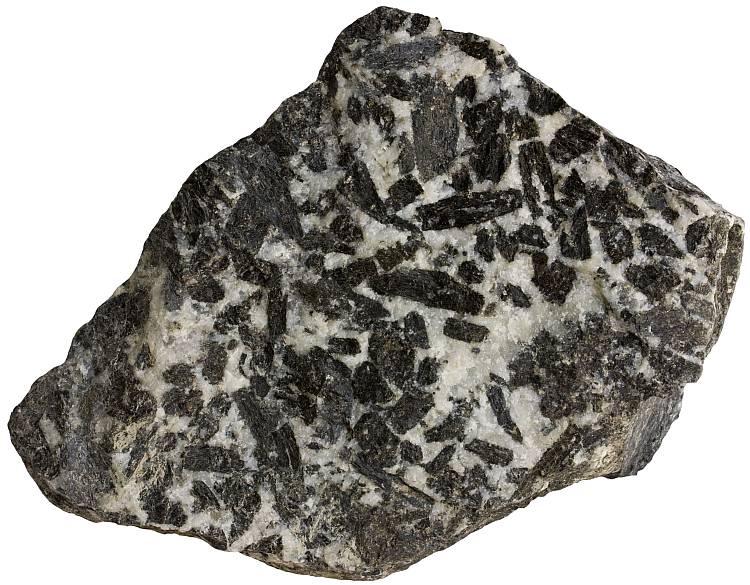
Gabbro with augite phenocrysts. This rock comes from a quarry near Tangen. Gabbro is used in Norway as an aggregate. Width of sample 11 cm.
Mountains usually do contain lots of different lithologies, especially when they are older like the Caledonides of Norway are. Another bonus is that mountainous terrain is well exposed and Norway is an especially nice example in this regard.
The rocks shown below were photographed during the summer of 2015. I spent about three weeks in Norway in two separate trips. These samples are from various localities in southern, western, and northern part of the country. Only the middle section of the country between Trondheim and Fauske is missing.
I make no attempt to present an overview of all the rock types that can be found in Norway. That would be an overwhelmingly complicated task. Norway is a land of outcrops. One could spend a lifetime studying rocks there and still would literally only scratch the surface. However, I do hope that this introduction gives you a general overview of what types of rocks can be found in Norway and perhaps would encourage to go and take a look with your own eyes.
The most useful resources for me during the planning phase of the trip were a book The Making of a Land – The Geology of Norway1 and the online version of the Bedrock Map of Norway (Nasjonal berggrunnsdatabase).
In many cases I have written more about these rocks or processes forming them in specific articles. Please check the links provided in the captions.

Nepheline syenite is not a common rock type, but in Norway it occurs in several localities. This particular variety is known as foyaite and it was collected near Larvik in southern Norway. Width of sample 16 cm.

A beautifully colored iron ore sample. It contains mostly hematite with goethite and chert. It is a sedimentary exhalative type of ore, which is associated with black smokers. So it was once part of an oceanic crust. Svinsås, Løkken ophiolite. Width of sample 13 cm.
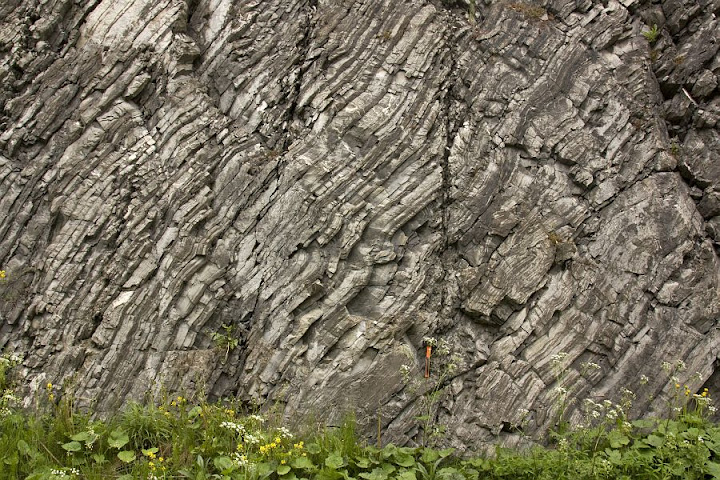
An outcrop of limestone. One out of millions in Norway. This one is near Lillehammer and it is interesting because part of it is strongly brecciated (not shown here).
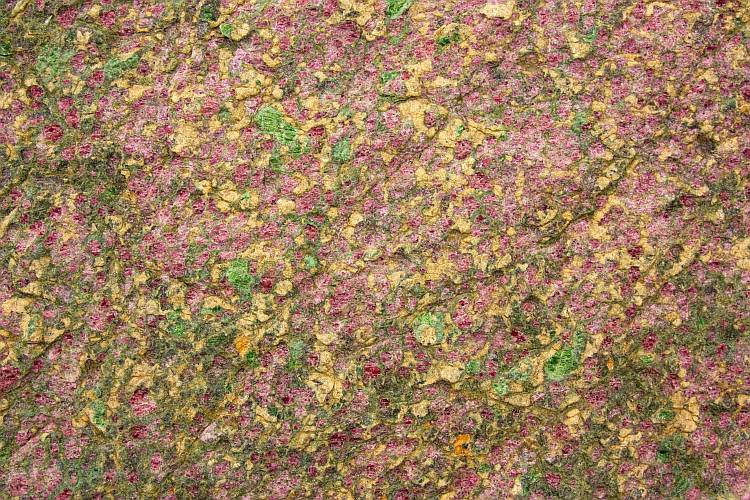
Mg-garnet pyrope showing its characteristic purple color. The rock is peridotite which is common deep in the mantle, although usually it isn’t so beautifully colored. Other minerals here are green chromian diopside and yellow olivine. The picture was taken near Åheim. Width of view 25 cm.
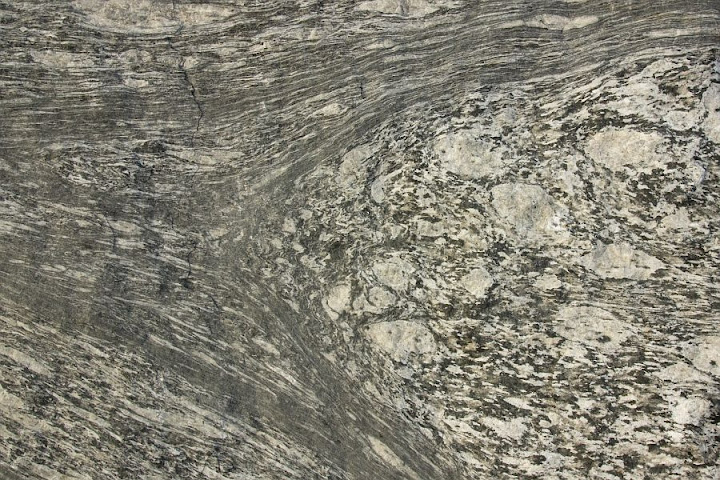
Heavily stretched rocks from deep shear zones where rocks are plastically deformed. You can find more mylonite pictures from this location in an article about the mylonitic rocks. Width of view 25 cm.
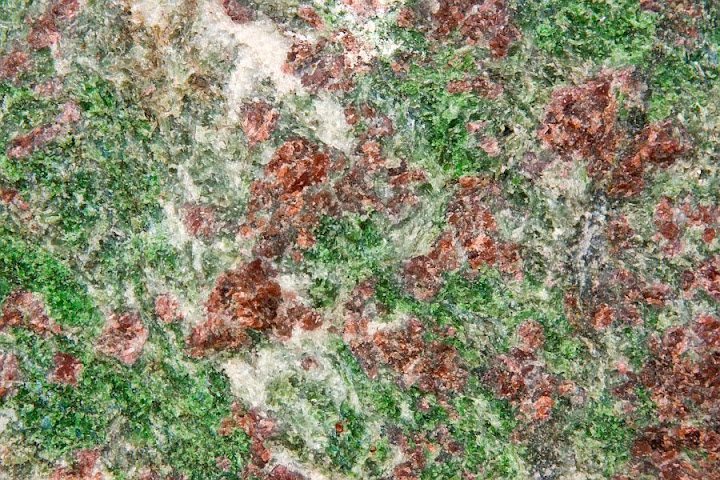
Ultrahigh-pressure metamorphoses mafic rocks into beautiful and bright eclogites which occur in many locations in western Norway. Width of view 18 cm.

Rhomb-porphyry is a very rare rock type, but it has a highly recognizable appearance, which makes it well-known not only in southern Norway, but also in Denmark and Germany where they occur as part of a glacial drift. Oslo Rift, Norway.

Alkali feldspar granite as a simple pegmatite from Nyelv, Norway. Width of view 50 cm.

Tillite that formed during the Varangian glaciation, which was a global event known as the Snowball Earth. Tillite is a lithified unsorted glacial sediment. Varanger. Width of sample 1 meter.

Folding is a common phenomenon in weathered mountainous areas. This outcrop is composed of lithified mud which we know as shale.

Slate is a metamorphosed mudstone. It splits easily into thin plates. This rock type is common especially in the northern part of the country.
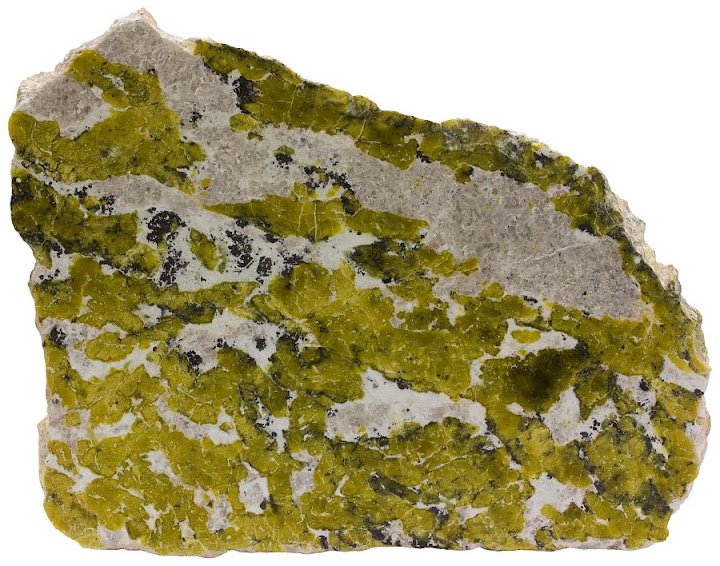
Magnesite with serpentine. Rocks like this form as a result of hydrothermal metamorphism of ultramafic rocks. Width of sample 24 cm.

Dolomite is a rock type that forms when calcite of limestone is replaced by dolomite (mineral). The process is known as dolomitization. Trollholmsunden in the northern part of the country.
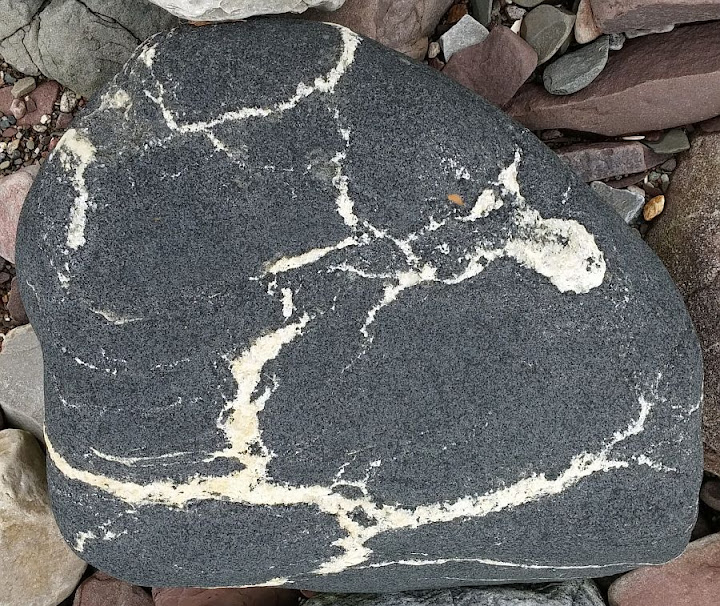
Hornblendite is an ultramafic rock that is mostly composed of only one mineral — hornblende. White felsic magmatic veins are composed of feldspar and quartz. Varanger, Norway. Width of sample 50 cm.
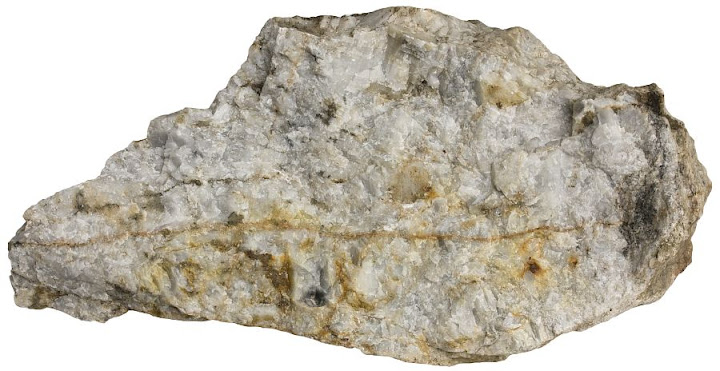
Sövite was named after the Søve village in southern Norway. It is a strange igneous rock that resembles limestone. This rock type was once considered to be very rare but now we know already more than 500 carbonatite occurrences worldwide. Width of sample 16 cm.

Quartzite as a metamorphosed sandstone is a very common rock type in Norway. Width of sample 9 cm.

Phlogopite (Mg-rich biotite group mineral) forming a rock type that is composed of almost pure mica — glimmerite. This rock type is part of a mafic pegmatite — hydrothermal fluids came from the gabbroic rocks, which explains why the mica is rich in magnesium. The more common pegmatites usually host iron-rich biotites. Ødegården Verk, Norway. Width of sample 14 cm.

Dark ultramafic rock (close to the peridotite-pyroxenite boundary) with a very large garnet crystal. Such ultramafic rocks probably originate from the mantle wedge above the subduction zones where the rocks got enriched in recycled material that enabled the growth of the large garnet crystals. Width of sample 18 cm.
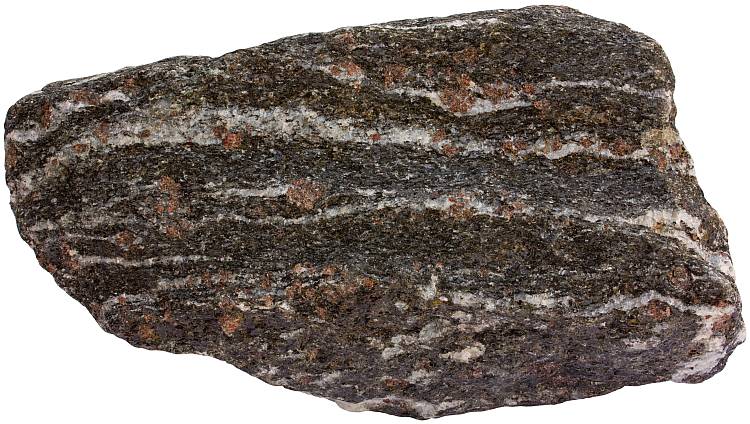
Amphibolite is a common rock type in Norway and it often hosts garnet porphyroblasts. Width of sample 16 cm.

Pegmatite occurrences in Norway are numerous. Biotite is among the most common minerals in these rocks. This sample is from Evje in southern Norway. Width of sample 11 cm.
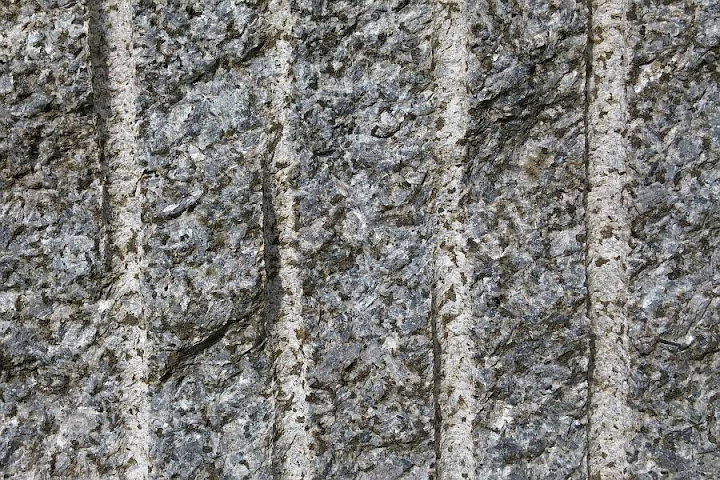
Larvikite is a national rock in Norway. It is quarried in southern Norway near Larvik and used widely as a dimension stone. Larvikite is a variety of monzonite.
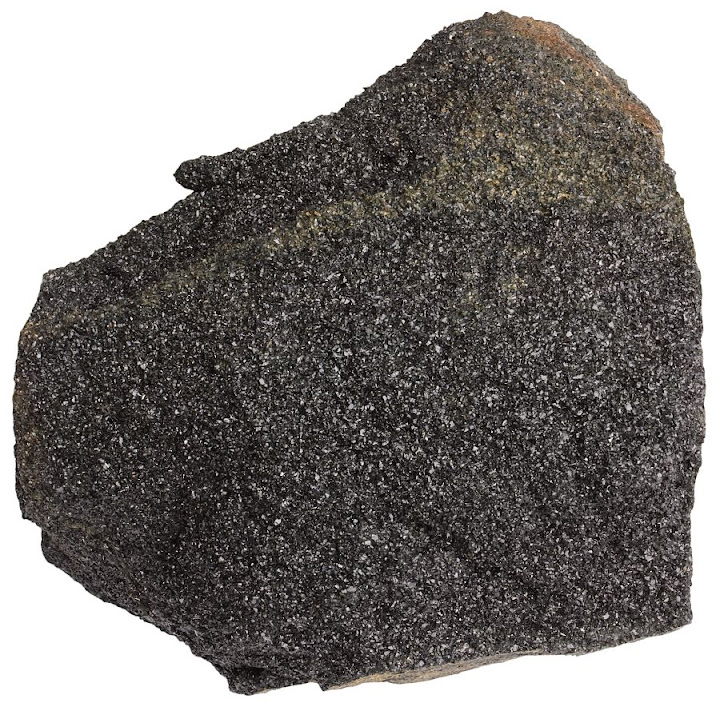
Pyroxenite sample from southern Norway. Width of sample 8 cm.
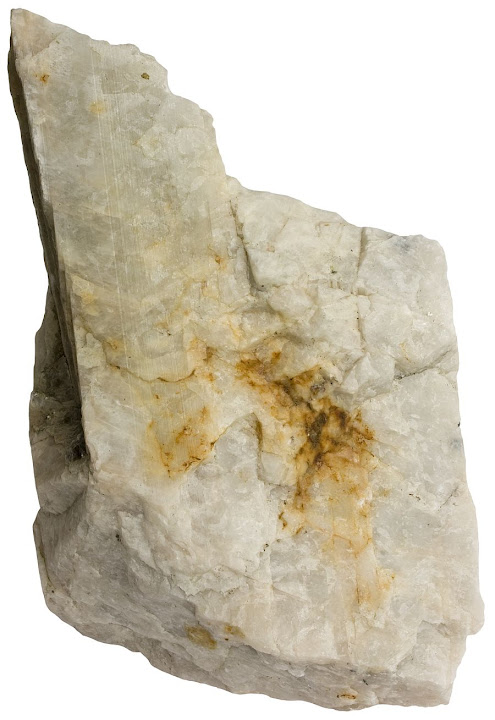
Plagioclase is the most common mineral in the Earth’s crust and in Norway there is no shortage of it either. It is the main constituent of anorthosite (widespread in southwestern Norway) and a major component in gabbro, granulite, pegmatite, etc. This crystal comes from a pegmatite from Evje. Pay attention to the long grooves which is the best diagnostic feature of plagioclase feldspars. Width of sample 12 cm.

An ultramafic rock dunite with metamorphic alteration patches composed of chlorite. Width of sample 11 cm.
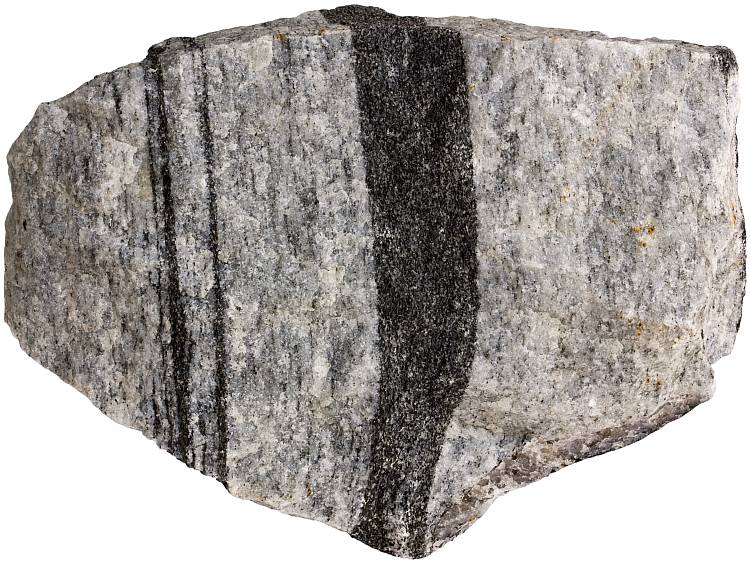
Biotite gneiss. Gneiss is another rock type that is very widespread in Norway, especially in the western part of the country. This particular sample comes from the southern Norway. Width of sample 14 cm.

Anorthosite is the dominant rock type in the southwestern corner of Norway. This is almost monomineralic rock, containing little else than plagioclase feldspar. Width of sample 13 cm.

Norite is a rock type named after Norway. Norite is similar to gabbro but dominant pyroxene is orthopyroxene. Width of sample 8 cm.

Ilmenite is among the most important mineral resources of Norway. When we leave oil and gas aside, of course. In this sample gray ilmenite crystals are embedded in an anorthositic host rock. Width of sample 8 cm.
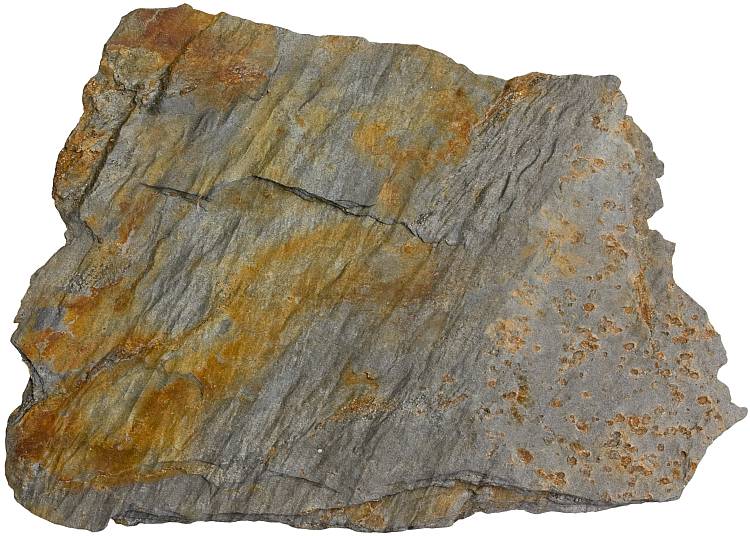
Phyllite is a metamorphosed mudstone with good fissility and shiny cleavage surfaces. The rock is from western Norway. Width of sample 14 cm.
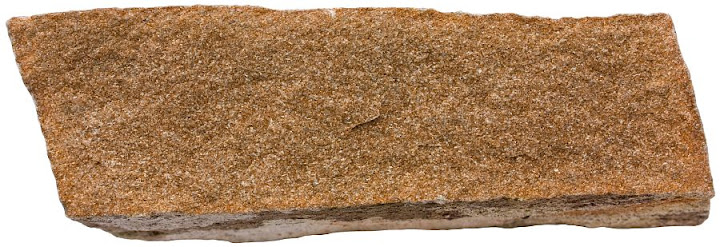
Norway is not only metamorphic-igneous terrain. It also contains lots of different sedimentary rocks, including sandstone. Width of sample 11 cm.
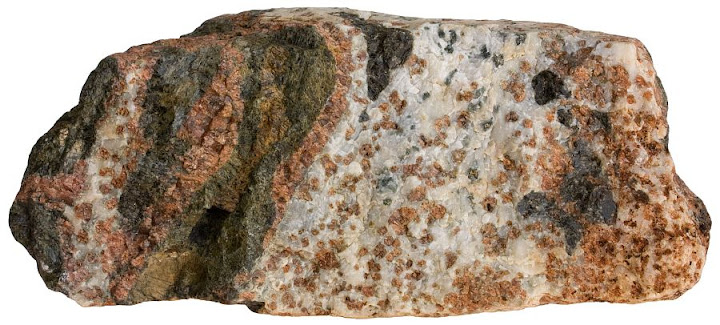
The unfinished reactions between the adjacent mineral phases — metamorphism in progress. Garnet is between pyroxene and plagioclase as a result of a chemical reaction between them. This is known as the corona texture. I found similar rocks in several locations in Norway. These rocks are granulites or more specifically coronite granulites. Width of sample 13 cm.
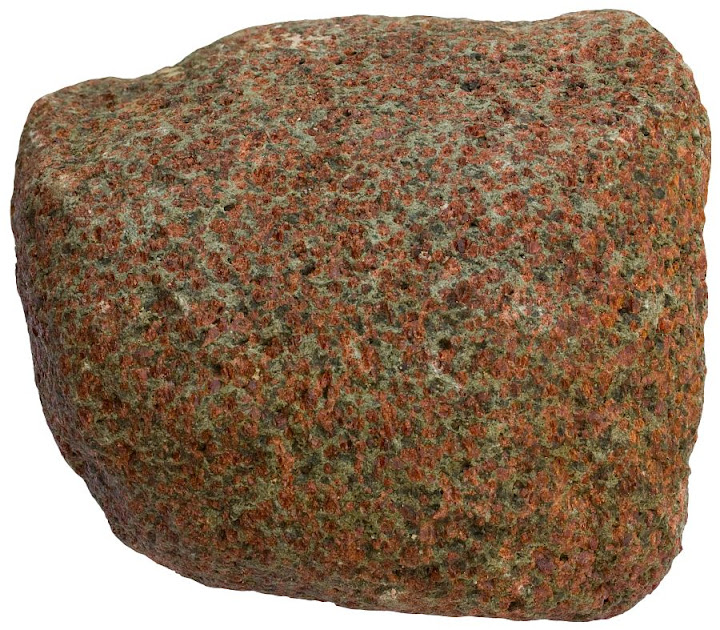
Norway is famous among geologists as a country of eclogites. These beautiful “christmas rocks” occur in several localities. This one comes from the Holsnøy. Width of sample 9 cm.
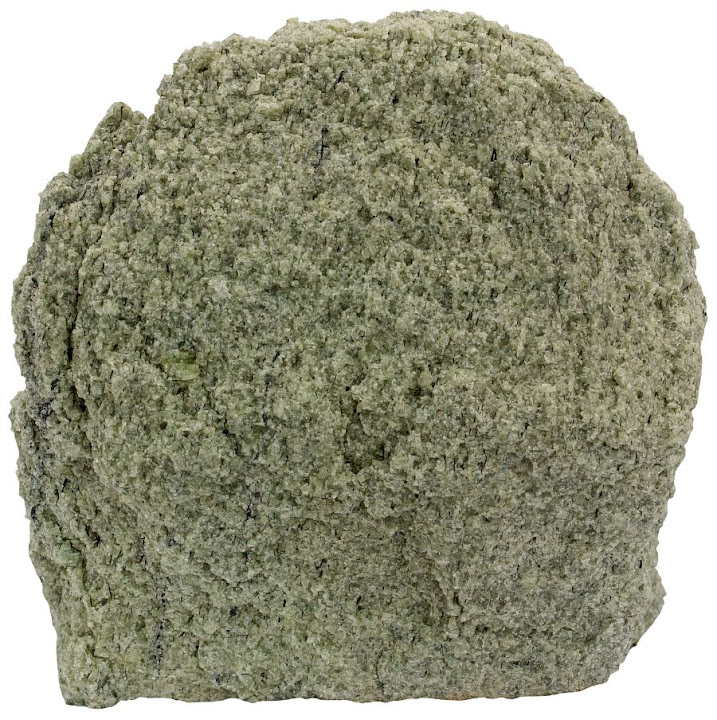
Dunite is an ultramafic rock that is composed of almost pure olivine. This rock is so pure that it is mined as a source of this industrial mineral. Gusdal quarry. Width of sample 9 cm.
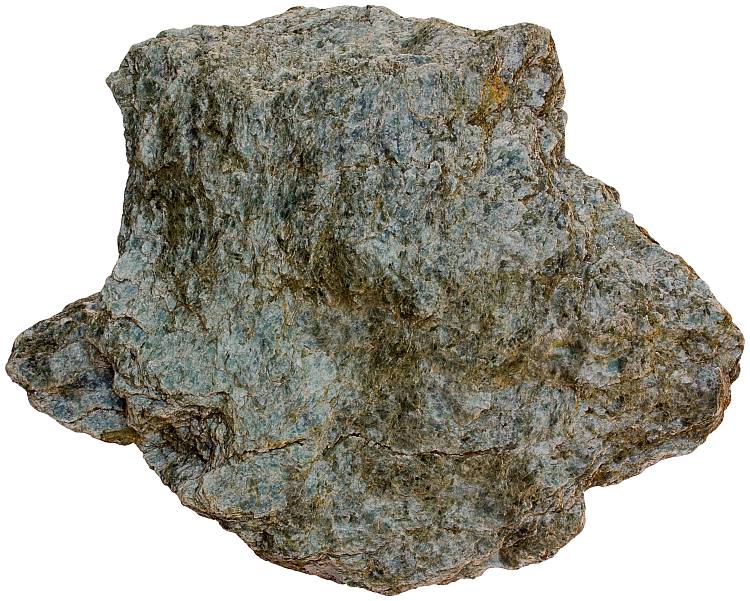
Various kinds of schists are widespread in Norway. Green color is given to this rock by chlorite. Width of sample 14 cm.

Eclogite from the Nordfjord area in western Norway. Green mineral is omphacite, red is garnet. Width of sample 12 cm.
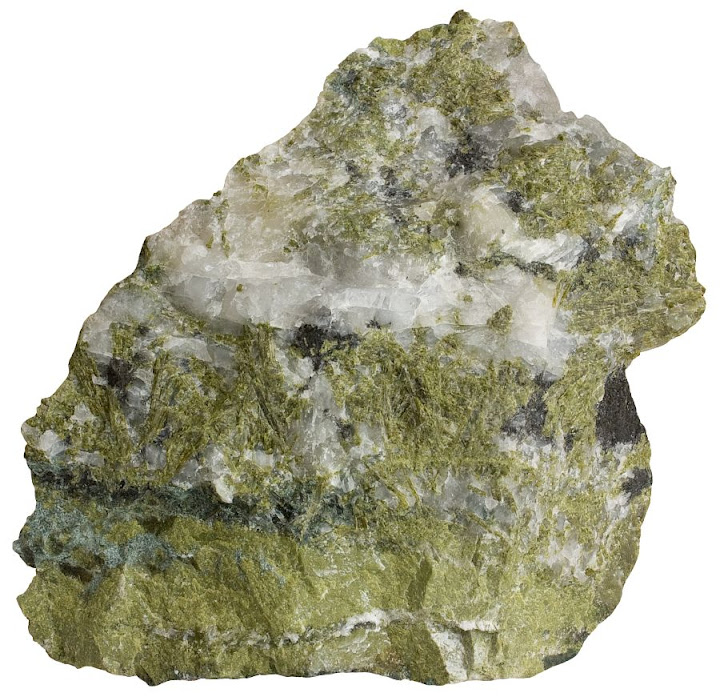
The main minerals here are epidote and quartz. This assemblage probably comes from the lower part of the oceanic crust and the rock type is named epidosite. Løkken ophiolite. Width of sample 12 cm.
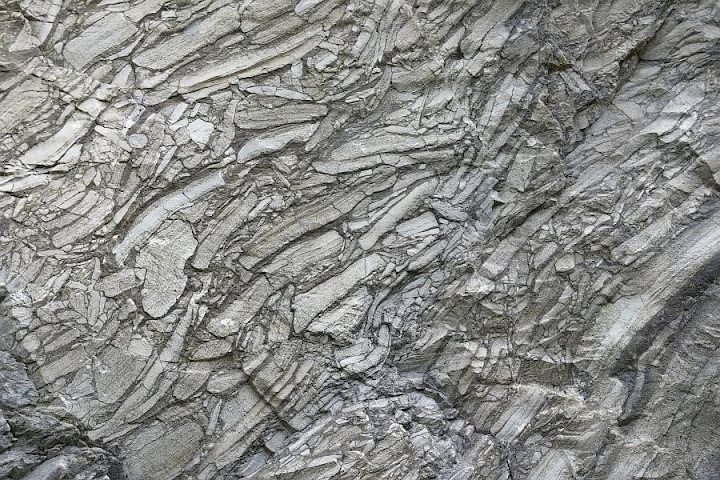
Limestone breccia south of Lillehammer. It may be a tempestite. This is a rock that forms when strong storm waves in a shallow water violently disturb the sediments, which are then redeposited and will be lithified as a breccia.

Slightly stretched quartzite clasts in conglomerate near Bergen.
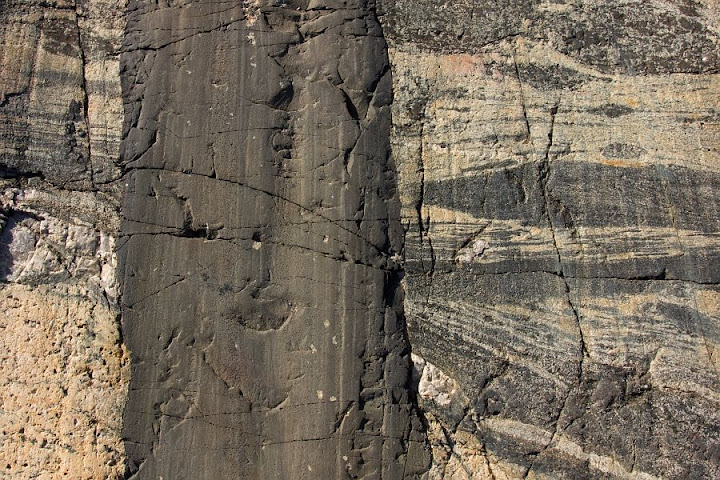
Mafic dike cutting through migmatites in southern Norway

Olivine is a rare mineral in sand. I have written about olivine beaches before: Is Papakolea the only green beach. It seems that it is not. One seems to be in Norway, although this one is not an entire beach. This sand is on the bottom of a small creek running through almost pure dunite (olivine rock) but olivine sand it definitely is.
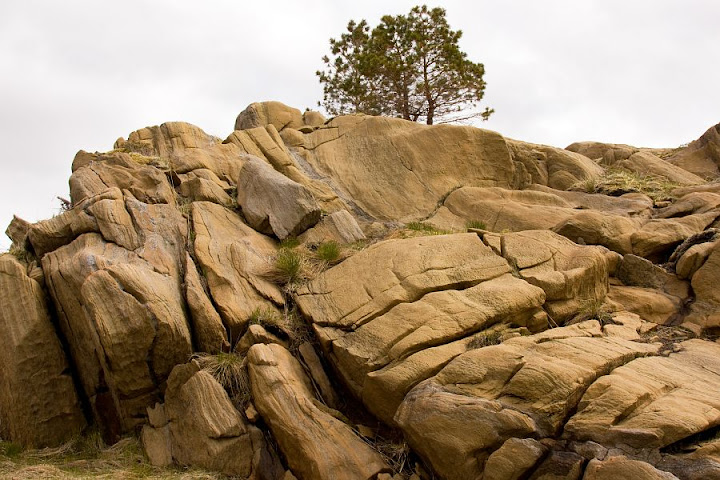
An outcrop of weathered yellowish dunite.

Pyroxenite often forms layers in ultramafic peridotitic rocks. Here is a brighter layer of garnet pyroxenite in a garnet-bearing peridotite.

Kannesteinen Rock in western Norway reminds me a similar rock formation in Death Valley (Mushroom Rock). They may be similar in appearance, but their formation mechanisms are different. Mushroom Rock is disintegrated in the lower part of the structure by the growing salt grains. Kannesteinen rock, on the other hand, seems to be a victim of constant pounding by waves and small rocks carried by them. There is also a difference in lithology: Mushroom Rock is composed of diabase, Kannesteinen Rock is made of gneiss. Another similar formation I have written about is in Tenerife: The Roque Cinchado.

Charnockite is a rock type often described as an orthopyroxene granite, but in the majority of cases this rock is clearly metamorphic, not magmatic like a proper granite ought to be. Charnockitic rocks are common in the Lofoten archipelago. Width of sample 9 cm.

Troctolite is a member of the gabbro family. It is composed of olivine and plagioclase but contains almost no pyroxene. Width of sample 15 cm.
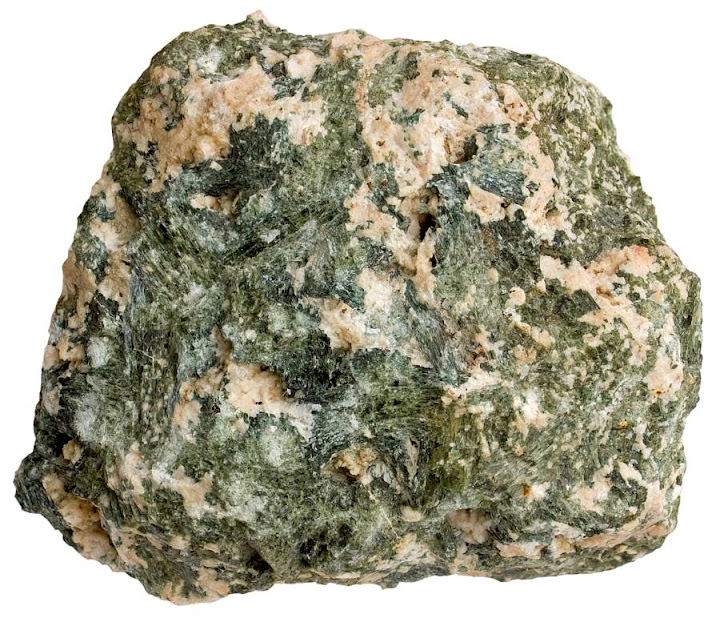
A skarn from southern Norway. Pink mineral is alkali feldspar, green is tremolite-actinolite. I have written about the likely formation process of this rock sample in an article about biotite. Width of sample 9 cm.
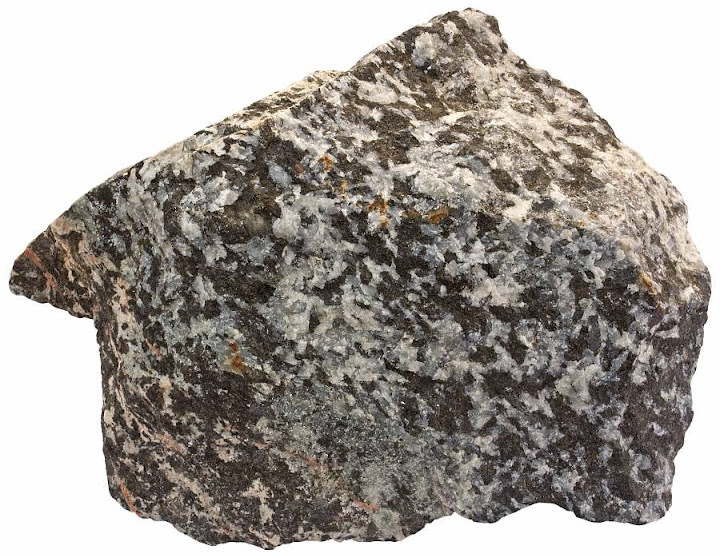
A hornblende-scapolite rock. It is a metamorphosed gabbro in which plagioclase has been replaced by scapolite and pyroxene by hornblende. Ødegården Verk, Norway. Width of sample 13 cm.
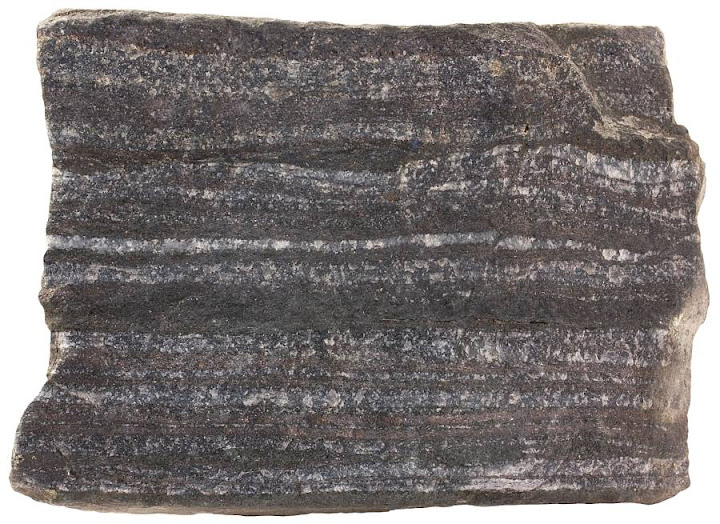
An iron ore consisting of alternating bands of quartz and magnetite. Such rocks are named banded iron formations. The vast majority of all the iron we use comes from these rocks. The sample is from the Bjørnevatn mine in northern Norway. Width of sample 9 cm.

A metamorphic assemblage of garnet, magnetite and quartz. It could be a metamorphosed heavy mineral deposit (placer). The Varanger peninsula. Width of sample 18 cm.
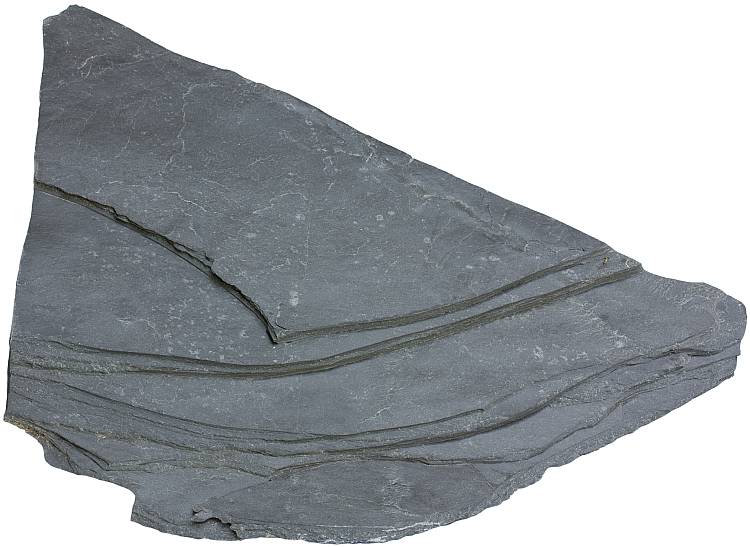
A piece of slate demonstrating its good fissility. From the Friarfjord quarry in northern Norway. Width of sample 27 cm.
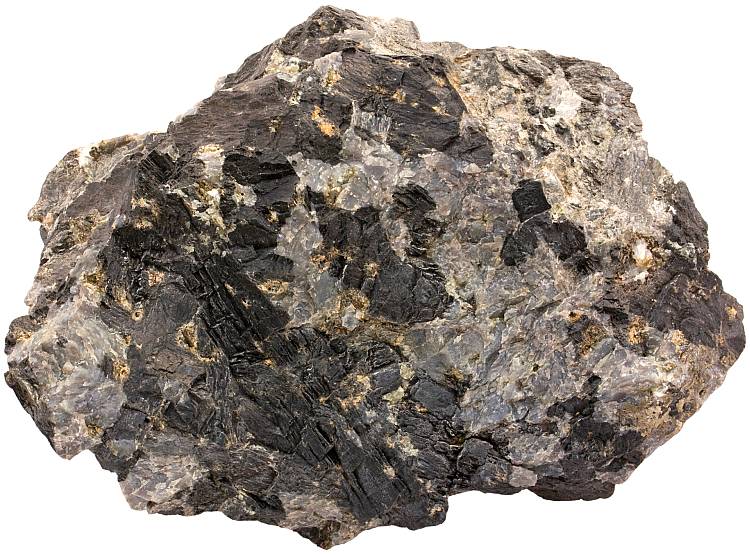
Pegmatitic metagabbro in which pyroxene has been altered to hornblende. The Seiland igneous province. Width of sample 9 cm.
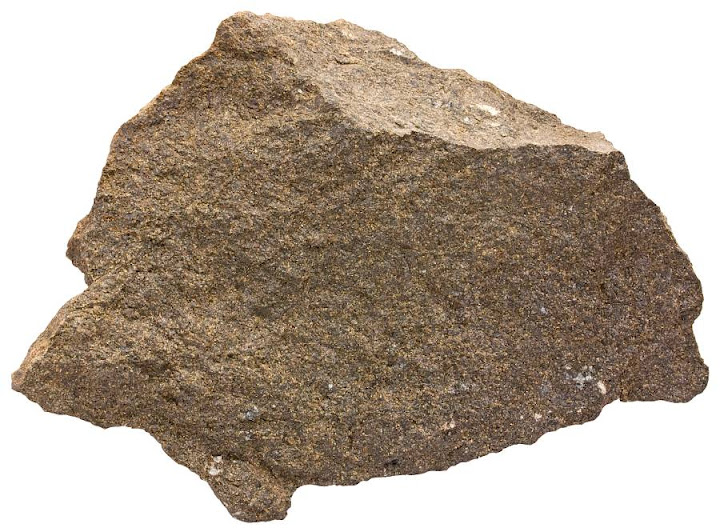
Harzburgite is a subtype of peridotite. It is a depleted rock — a residue of partial melting that yielded basaltic magma. The Seiland igneous province. Width of sample 10 cm.
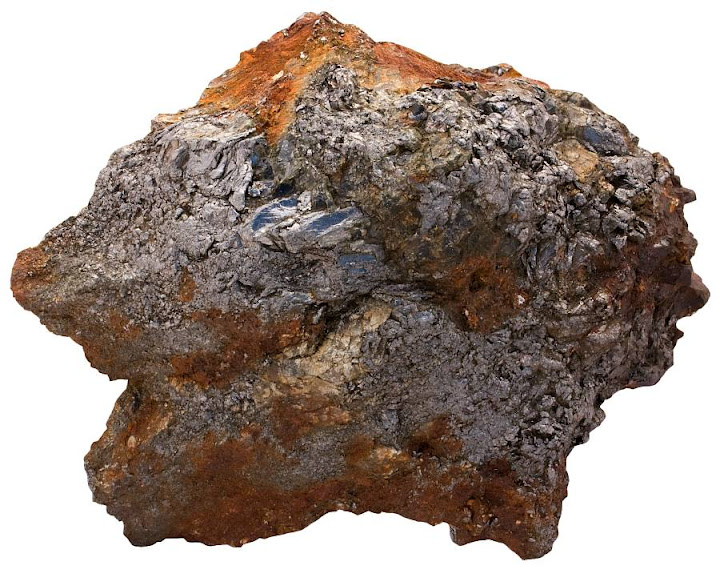
Norway has been an important exporter of graphite. Although the famous Skaland mine is closed now, the production continues at the nearby Trælen quarry. This sample comes from the Skaland mine. Width of sample 10 cm.
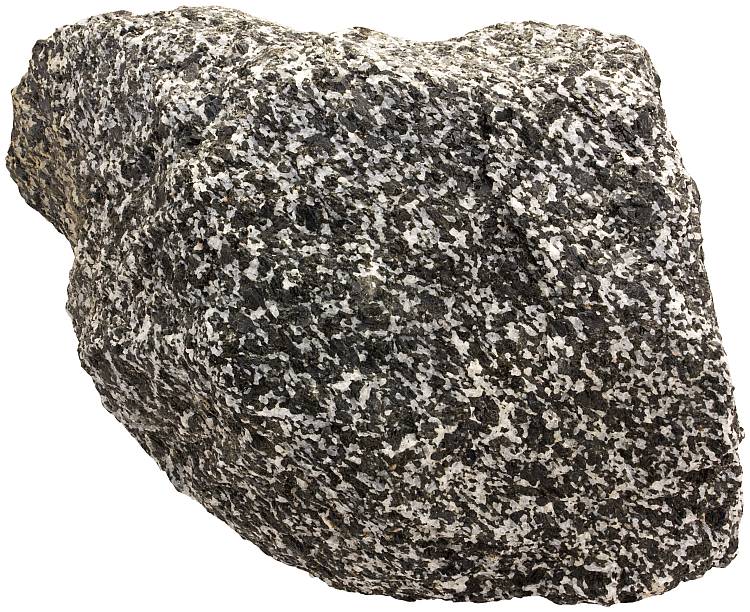
Simple amphibolite is a mixture of light-colored plagioclase and dark hornblende. Senja Island. Width of sample 9 cm.

An unusual assemblage (pegmatite) consisting of biotite and garnet. Width of sample 13 cm. Senja Island.

Glimmerite — pure biotite rock (also known as biotitite). Senja Island. Width of sample 25 cm.
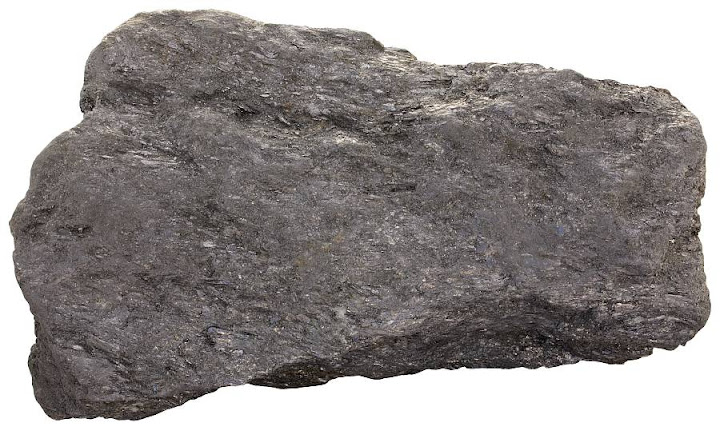
Pure graphite from the Trælen quarry. Width of sample 21 cm.
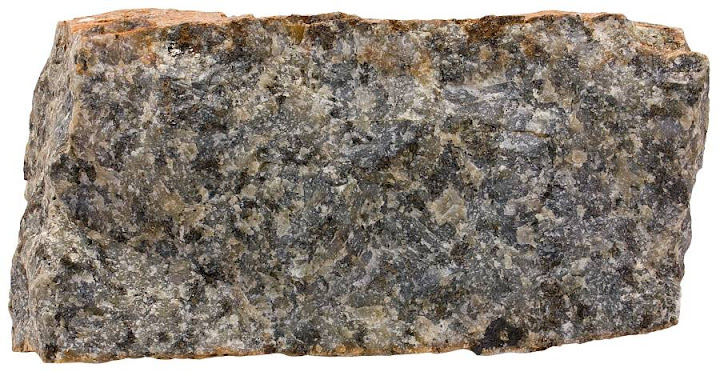
Mangerite is a charnockitic rock but it is monzonitic, not granitic like true charnockite. Mangerite is named after a locality in Norway near Bergen, but this rock sample comes from the Lofoten Islands. Width of sample 10 cm.

Dolomarble (marble composed of dolomite) from Fauske. Fauske is famous for its various marble varieties. Width of sample 14 cm.

Colorful variety of conglomeratic marble, which is composed of white dolomite, reddish calcite, and green mica fuchsite. Width of sample 20 cm.

Calcitic marble from Fauske. Width of sample 19 cm.
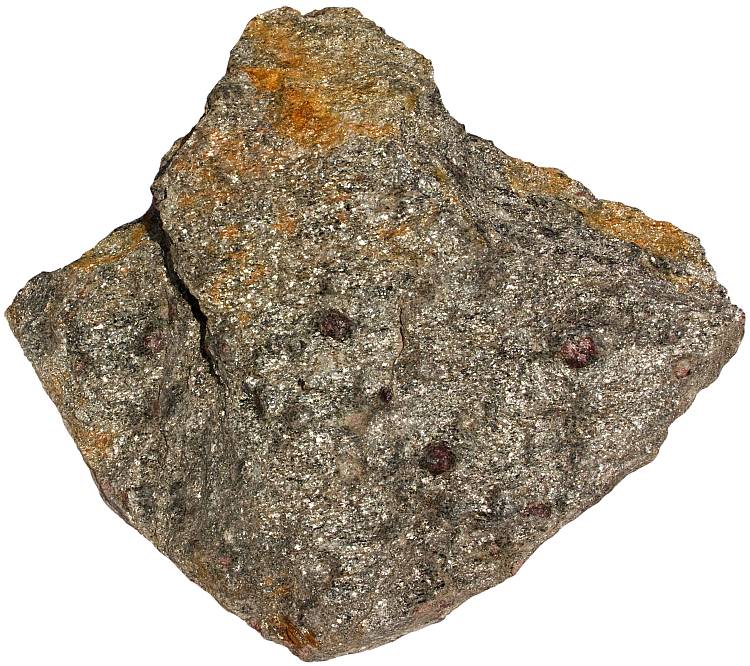
Garnet-mica schist is a common rock type in various parts of Norway. This sample comes from Narvik. Width of sample 14 cm.
References
1. Ramberg, I. B. et al. (2008). The Making of a Land – The Geology of Norway. Geological Society of Norway.
Leave a Reply